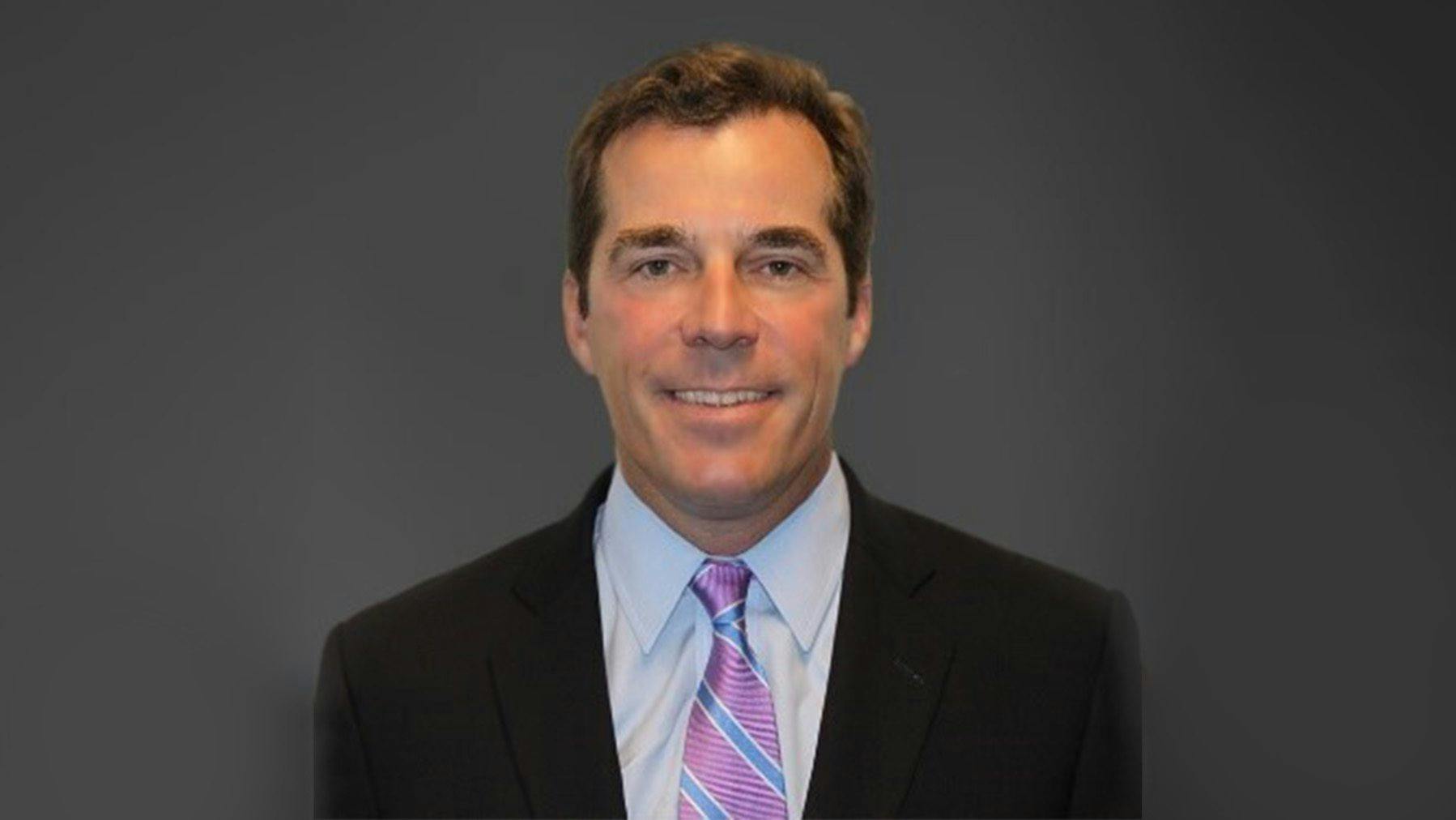Gone Crypto: How Orser Went from Nomura to Leading Komainu
Orser is excited about people starting to see blockchain as a disruptive technology and not just an investable asset.

Henson Orser, President and acting CEO of Komainu
- Orser understood that blockchain settlements and payments technologies had the potential to dramatically change the existing financial landscape
- Nomura announced the launch of digital asset custodian Komainu, a joint venture with CoinShares and Ledger, in 2018
Over the course of his three-decades long career in traditional finance, Henson Orser did it all.
“I flew to almost every continent and every financial center in the world visiting large clients,” said Orser, President and acting CEO of Komainu. “I went to IMF in Bali and to Davos. It was kind of like the victory lap of having this long career in legacy financial services.”
Orser spent 17 years at the Royal Bank of Scotland before moving to Nomura, where he worked in a variety of roles. He was the co-head of global markets in the US before starting his most recent role, the head of wholesale relationship management, until 2019.
“That was my largest role, head of wholesale relationship management,” Orser said. “It was a pretty significant role within running the whole investment bank, and Nomura being a top 10 global investment bank, as well as Asia’s largest, it was a great run.”
Komainu is born
Nomura announced the launch of digital asset custodian Komainu, a joint venture with CoinShares and Ledger, in 2018. The service officially launched in June 2020.
“It was really exciting to think about how Nomura could get into digital assets from a financial services and investment banking perspective,” said Orser.
He started leading a nascent investment initiative looking into different types of fintech and blockchain-related disruptive technologies.
“The idea was, theoretically, could Nomura find a disruptive technology that was right in some of the inefficient business processes that we were part of?” said Orser. “Could we invest, through seed money or part of a consortium, and embrace those and do well with principal investments in technologies that were disrupting us?”
Orser understood that blockchain settlements and payments technologies had the potential to dramatically change the existing financial landscape. He began thinking about Nomura’s opportunities to get involved with companies in the space early on.
“Could Nomura theoretically bank companies from the seed, friends and family stage all the way up to IPO or M&A?” said Orser. “Nomura could also maybe be the bank to advise these companies, or help them with the capital markets activity to do an IPO. That was sort of the very legacy way of approaching and getting involved in it.”
Orser spent time learning about companies in the crypto space, and he really enjoyed it.
“I found that every time that I went out to San Francisco and had three days of meetings, it would turn into five days of meetings,” said Orser. “And I didn’t want to leave and then go back to my, by many appearances, successful Wall Street senior executive job.”
Getting educated
However, he found that convincing the legacy world to enter the digital assets space was a challenge.
“To convince Nomura to do a principal investment in something that we agreed was cool, that we were going to adopt, that JPMorgan was going to adopt as well, was hard,” said Orser. “It was so obvious that this was a good call, but to get Nomura to actually write a check as a principal investment was an incredibly cumbersome, bureaucratic committee approval process.”
Orser had first heard about digital assets years earlier in 2013 from some old friends. Mike Novogratz of Galaxy Investment Partners and Joe Lubin from ConsenSys were his college roommates at Princeton. They helped him, along with Pantera founder and CEO Dan Moreheard, to first learn about the asset class.
Orser started doing more research and talking to others, mostly Pete Briger, principal and co-chairman of the board of directors at Fortress Investment Group, also a friend from college.
“I got deeper into it with Briger in 2018, but after the run up in 2017/2018, then the crypto winter came sometime in 2018,” said Orser. “That’s when I really, really dug in and devoted some time and capital to it, and sometime in 2019, after really looking at it, I was like, I gotta do this full time.”
In 2019, Orser decided to leave Nomura to take time off.
“I had a great career there, really a great ride,” said Orser. “It was just time to let people on my team and people I’d hired and trained etc, to let them take over the business.”
Switching gears
He switched gears and started as president of Komainu in September 2020 before becoming acting CEO last month. Colleagues that didn’t understand digital assets before have started to come around, he said.
“Especially during the crypto winter, there was a lot of incredulous reaction to bitcoin, and there still is to an extent,” said Orser. “That didn’t change until somewhere around July of last year, when it started doing well that people were like ‘wow, we thought you’re crazy, but maybe you made the right call.’”
While the narrative around digital assets has evolved, he looks forward to even greater acceptance from the traditional finance world. He is excited about people starting to see blockchain as a disruptive technology and not just an investable asset.
“In financial services, there is a destiny of disruption of all the payments and settlements and capital market systems that is going to happen because of blockchain technology,” said Orser. “But some people I think are getting distracted, or founding their viewpoints, based on the speculative frenzy they’re seeing.”
Have your own Gone Crypto story to tell? Email us at [email protected].






